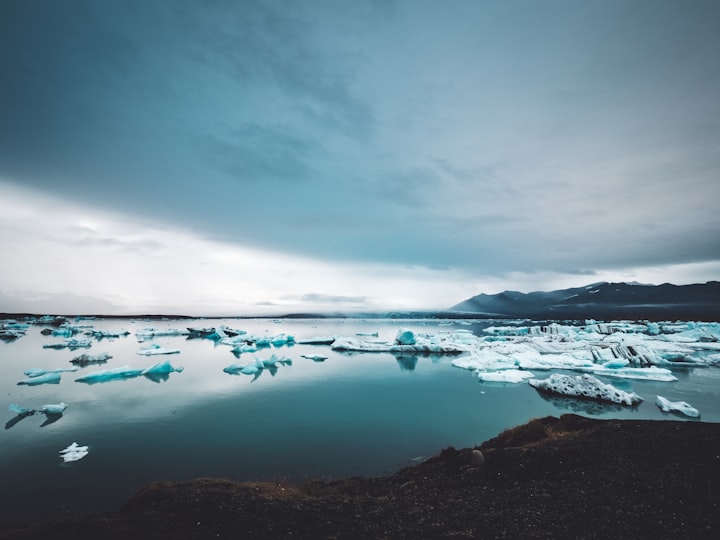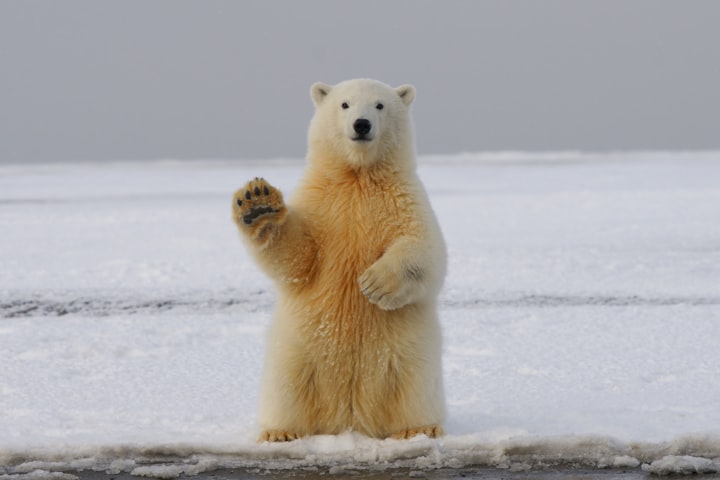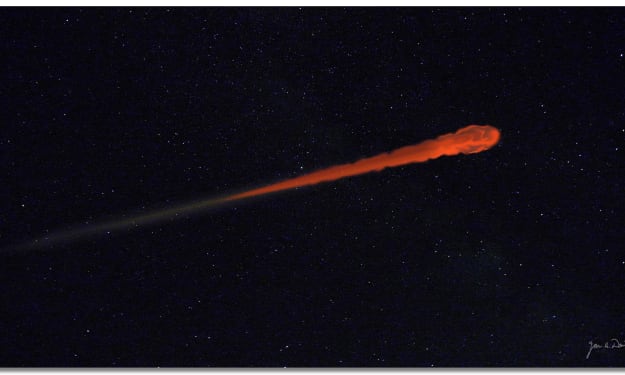America melting glaciers and ice caps: the fast, big warming
Glaciers and ice caps are melting at an unprecedented rate.

The Earth is going through a rapid warming trend, and it could have serious consequences for our environment and economy. If you want to know what this means for your business, you need to pay attention!
Glaciers are melting faster than ever before.
Climate change is causing glaciers to melt faster than they ever have before. Glaciers are disappearing at an alarming rate, and it’s not just in the Arctic. The United States has the world’s second-largest glacier, and it’s melting rapidly – fast enough that scientists say it could be gone by the end of this century if we don’t start doing something about it.
Glaciers are also melting because of the sun. The sun is responsible for a lot of climate change, including the melting of glaciers. The sun causes ice to form on mountains, which melts and contributes to glacier loss. Additionally, when the sun shines on water droplets, these droplets heat up and cause them to freeze over – this is why areas around airports get so cold during wintertime.
Glaciers are also melting because of wind. Wind speeds can cause glaciers to melt and contribute to their loss. If wind speeds exceed 30 mph (48 km/h), ice can break away from the ground and fly into other objects in your vicinity (this is called “flooding”). Wind speeds above 50 mph (80 km/h) can even push icebergs out of range of land mass and towards sea slips!
The Fastest Growing Body of Water on Earth.
Glaciers and ice caps are melting, which is causing the Earth's climate to warm up. The faster the glaciers and ice caps melt, the more water they will add to the ocean. This increased water supply will result in sea levels rising, which could threaten coastal communities, infrastructure, and other resources.
The Gulf of Mexico is the fastest-growing body of water on Earth.
The Gulf of Mexico is home to some of the most diverse and complex water ecosystems on Earth. It is home to more than a thousand species of fish, more than a hundred types of coral, and over one hundred types of turtle. The Gulf of Mexico also features large areas of mangrove and seagrass forests that provide essential habitats for many marine life species.
The Gulf of Mexico is the most dangerous body of water on Earth
The Gulf of Mexico is known for its high levels of violence, piracy, drugs, and crime. It has also been known to be a hotspot for oil spills, making it an especially risky place to travel. Additionally, the gulf is home to some very powerful storms that can cause devastating damage to coastal communities.
The Largest Puddle on Earth.
The largest puddle on Earth is located in Antarctica. The size of this water feature is mind-boggling, as it measures more than twice the size of Texas and nearly four times the size of Rhode Island. The ice pack surrounding this area has also been melting quickly, causing the water to form a giant puddle that can be seen from a distance.
The Amazon River is the largest puddle on Earth.
The Amazon River is the biggest puddle on Earth, and it provides drinking water for more than half of the world. The Amazon River has also been identified as one of the most important rivers in the world because it helps to support a wide variety of ecosystem features and is home to many endangered species.
The Amazon River is the most endangered river on Earth
The Amazon River is one of the most endangered rivers on Earth because it is at risk of being lost forever due to climate change. Climate change has caused glaciers and ice caps in the area to melt, which has made the river even more important. The melting glaciers and ice caps have created several problems for the Amazon River, such as increased flooding, decreased water availability, and more erosion.
The Most Widespread Hotspot on Earth.
1. The Americas are the most widespread hotspot on Earth, with an area of more than 10,000,000 square kilometers (3 million square miles).
2. The Americas have several large glaciers and ice caps that are melting rapidly and contributing to the big warming trend.
3. The melting glaciers and ice caps are bringing freshwater and snowmelt to the surface, which is causing rivers and streams to rise, lakes to form, and land to become more fertile.
4. The rapid melting of glaciers is also causing significant changes in local weather patterns – for example, increasing air temperatures and precipitation – which is impacting people across the globe.
The EQUATOR is the most widespread hotspot on Earth.
The equator is the most important spot on Earth because it is the place where the Earth's climate changes rapidly and regularly. This means that it is a hotspot for large-scale weather patterns, including Wadjet Eye(s), which are longitude lines that connect points around the world.
The EQUATOR is the most dangerous place on Earth
The equator is one of the deadliest places on Earth because it's home to some of the deadliest volcanoes in the world, as well as intense earthquakes and landslides. It's also a hotspot for terrorist attacks, as militant groups often use it as a launching point for operations.
The Biggest Lake on Earth.
The North Pole is the largest body of water on Earth. It’s located in the Arctic Ocean and measures about 30,000 square kilometers (12,800 square miles). The Lake Mead National Recreation Area in Nevada is home to the world’s second-largest desert - with a surface area of just over 120,000 hectares (300,000 acres).
The Ganges is the biggest lake on Earth.
The Ganges is the largest and most important waterway on Earth. It is also the most endangered river on Earth. The Ganges has been known to experience rapid changes in temperature, ice cover, and flow over the years. In recent decades, this river has seen significant losses in both size and quality of water.
The Ganges is the most endangered river on Earth
In recent decades, the Ganges River has become one of the world's most endangered rivers due to several factors, including rapid population growth and loss of ice cover. This means that while the Ganges still provides essential water supplies for millions of people worldwide, it also faces significant risks from climate change and other factors.
The Largest River on Earth.
The largest river on Earth is the Nile. At a total length of 1,871 miles (3,218 km), it’s also the longest river in Africa. The Nile forms the border between Sudan and Egypt and drains an area of about 141,000 square miles (434,000 sq km).
In addition to its size, the Nile is also one of the fastest rivers on Earth. With a top speed of around 100 mph (160 km/h), it’s much faster than the average stream or ocean.
The Nile is the largest river on Earth.
The Nile is responsible for 21% of African GDP and 31% of the African population. It also irrigates over two-thirds of the agriculture in Africa.
The Nile is considered to be one of the most important rivers on Earth because it helps to contribute to vital aspects of African society and culture.
The Nile is the most endangered river in Africa
The main threat to the survival of the river comes from sedimentation, which causes water levels to decrease and lead to lower inflows into Lake Nasser and other reservoirs. Additionally, climate change could result in more extreme weather conditions that could damage or even delete key sections of the river system.
Conclusion
Glaciers are melting faster than ever before, the Gulf of Mexico is the fastest-growing body of water on Earth, and the Amazon River is the largest puddle on Earth. The Nile is the largest river on Earth, and it's important to keep an eye on its status.
The Ganges is also a large lake and it's important to consider how it can be used for irrigation. The Nile is also one of the most endangered rivers in Africa, so it's important to take care of its condition. Lastly, the Equator is the most widespread hotspot on Earth and it's important to monitor as it changes.
About the Creator
💸 Build Your Future 💸
I have experience in SEO, social media marketing, and content creation. I'm a jack of all trades when it comes to content creation, which makes me an asset to any company.






Comments
There are no comments for this story
Be the first to respond and start the conversation.